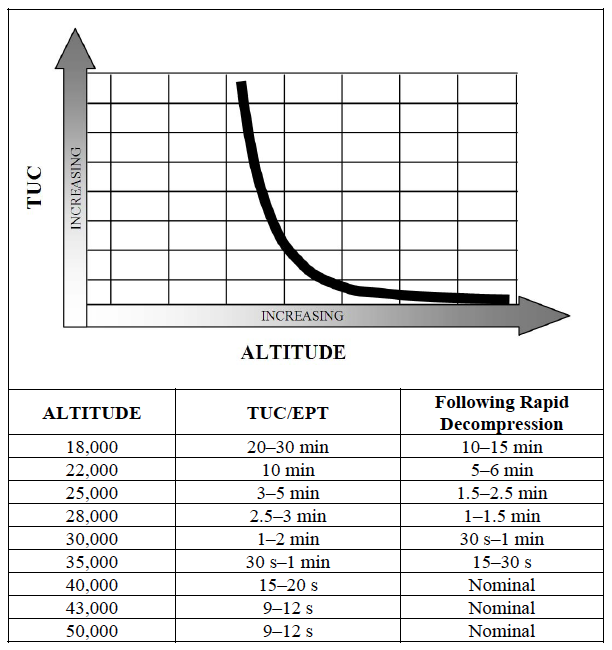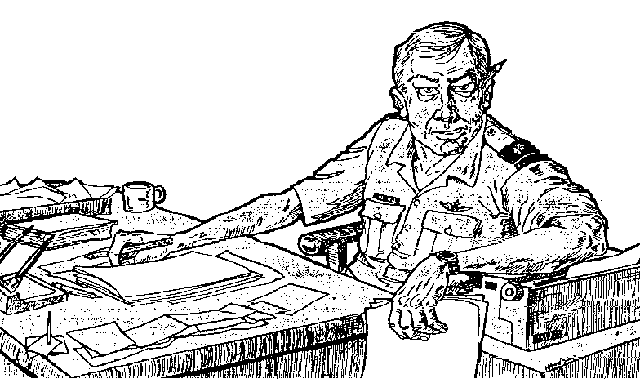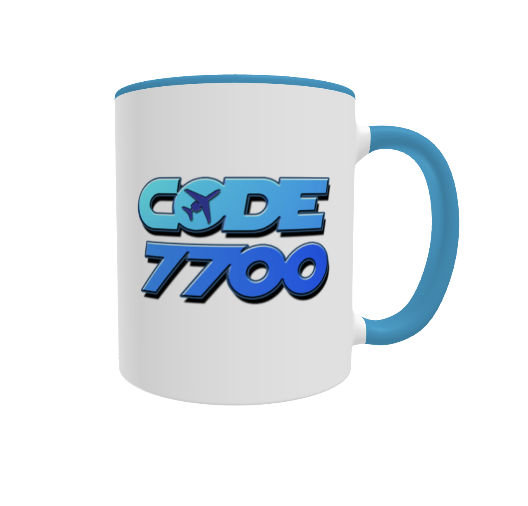The Learning Never Stops!
Aviation is complicated business, and it can be deadly if not undertaken with the right mindset. Our goal here at Code 7700 is to prepare you to avoid the day you will need to Squawk 7700, but if that day ever comes, to prepare you to deal with it competently.
Our Latest Update
We aviators are living in enemy territory, though many of us don’t realize it. If unaware, we are more likely to become victims in this battle. Those who are aware the fight exists, are better prepared. Now I realize the C. S. Lewis quote has more to do with religion – the enemy territory is controlled by Satan, after all – but even if your only religion is aviation, you need to understand your enemy. We operate at altitudes that cannot sustain human life, at temperatures that will freeze human blood, and at speeds no human can naturally achieve. It is a hostile environment that we need to understand if we hope to survive.
We Are Living in Enemy Territory


Our Previous Update:
"Relate" is the fourth volume in a set of four, proceeded by "Aviate," "Navigate," and "Communicate." As most professional aviators know, it is easier to accomplish these priorities if you know how to get along with everyone else in the cockpit, the airplane, and on the ground. It is more than Crew Resource Management (CRM) and leadership, it involves the psychology needed to survive. Each chapter of "Relate" is based on decades of experience and the inputs of hundreds of aviators.
New Book: Relate
An Index of Previous Updates
If you remember seeing something on "Homeplate" in the last two years, you will find it here, in a list of recent lead stories. Lead Stories . . .



